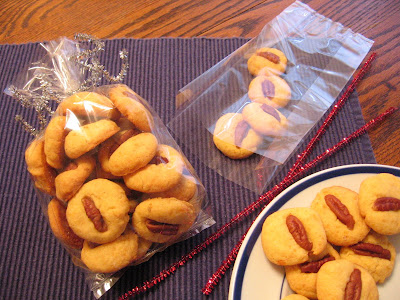
While not complicated, this dish requires a bit more time than you might have on a weeknight. Try it one Saturday and invite some friends to dinner. Keep it simple—serve pinot grigio with the chicken and have some fresh fruit, like in-season cantaloupe or strawberries, for dessert.
Ingredients for the Baked Chicken:
1 2 1/2- to 3-pound chicken*
2 tablespoons fresh thyme leaves, chopped fine
2-3 garlic cloves, minced
¼ teaspoon salt
dash or two of coarse ground pepper
2 tablespoons olive oil, plus a little extra to coat the baking pan.
Process:
Your mother probably already told you this, but it’s worth repeating: when working with chicken—or any raw meat for that matter—it is important to wash your hands, any tools and all surfaces that the meat has touched to ward off bacteria.
Remove the “bits” from the chicken’s crevice. (Most commercial chicken producers will have thoughtfully put the giblets, liver and sometimes even the neck in a little plastic bag for quick ‘n easy removal. Wrap tightly in a second plastic bag and toss in the freezer for a future soup stock). Coat a 9-inch baking dish with a little olive oil and place the chicken in it.
Next, without getting too compulsive about it, remove the leaves from some fresh thyme stems and chop them fine. Mix in a bowl with the garlic, spices and olive oil to create a pesto-like paste. Spread two spoonfuls of the paste in the chicken’s interior, then a spoonful on its back. Use the rest to coat the top portion of the bird.
If you like, impress your friends by stuffing some of the paste under the chicken skin for a richer flavor. Gently pull up the flap of skin at the chickens neck. Slowly insert the blunt end of a dinner knife under the skin to separate it from the flesh on either side of the breast. Spoon a dollop of the paste into each pocket and mash the surface so that the paste will spread underneath.
Loosely cover the chicken with foil and bake at 400 degrees for 25 minutes. Briefly remove from oven, take off the foil and drizzle with a teaspoon of olive oil. Return to the oven, uncovered, to bake for an additional 30 minutes. Check for “doneness” by piercing the chicken to see if the juices run clear.
Take chicken out of the oven and let rest for 10 minutes or so before serving. Tilt the bird to drain the cooking juices onto another plate and reserve.
While the chicken rests, prepare the pasta.
Ingredients for Broccoli Orzo:
4 cups of fresh broccoli florets
½ yellow onion, chopped fine
1 clove garlic, minced
2-3 tablespoons of olive oil or pan drippings from the baked chicken
salt and pepper to taste
1 cup of orzo, uncooked
½ cup of parmesan or pecorino romano, coarsely grated
Process:
Steam the broccoli until bright green and easily pierced by a fork. Immediately rinse in cold water and drain. When cool enough to handle, chop broccoli into fine bits and set aside.
In a wide and deep skillet, sauté the onion and garlic in the oil (or pan drippings) until translucent. Toss in the broccoli, sprinkle with salt and pepper and cook for one minute more.
Set aside.
Cook pasta according to the directions on its package. Drain and return to its pot. Stir in the broccoli and gradually add the cheese.
To present, spoon the pasta onto a large serving dish and place the baked chicken on top. Spoon another tablespoon or two of the pan juices over the chicken for effect. This should serve four hearty eaters or two with plenty of leftovers for the next day.
*It’s well worth the money to buy a free range chicken. They are smaller and more flavorful, akin to the French “poussin.” A good brand is Eberly’s, available at Whole Foods.

















